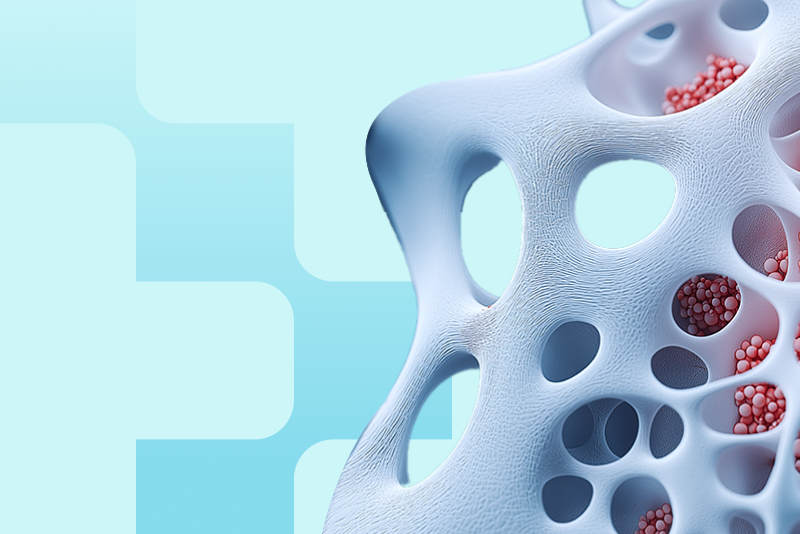The Ultimate Guide to Viral Vector Production: Applications, Quality Control, and Efficient Manufacturing Strategies
Linkedin Facebook X-twitter Instagram The Ultimate Guide to Viral Vector Production: Applications, Quality Control, and Efficient Manufacturing Strategies Viral vectors are at the forefront of transformative treatments, enabling advancements in gene therapy and vaccines (Bulcha et al., 2021). These vectors deliver therapeutic genes and antigen-coding sequences, allowing for innovative approaches to treat genetic diseases and […]














